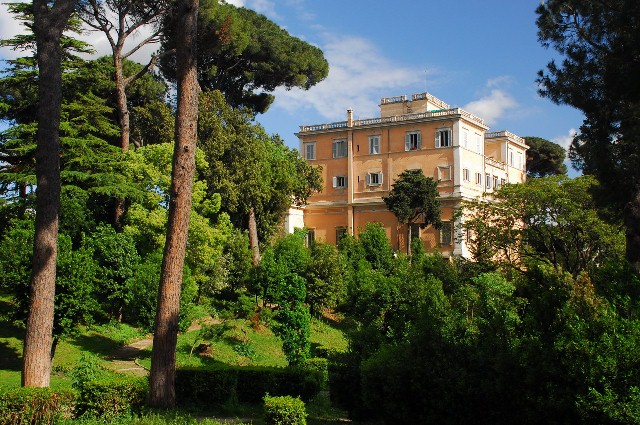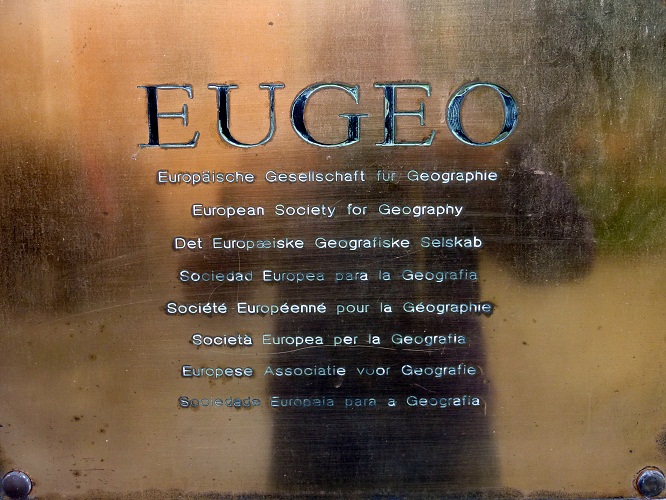EUGEO history


EUGEO is formed at the initiative of the Italian Geographical Society (Società Geographica Italiana, SGI). In 1994 representatives of geographical societies in the European Union gathered in Rome in the headquarters of SGI, Villa Celimontana (the ‘home of Geography’), and decided to establish an association. The idea was to encourage and enhance greater collaboration between the independent scholarly European geographical societies, associations and institutes, each of whom had a community of geographers from a nation or region in a EU member state as their membership.
The initial objectives of EUGEO were to improve communication and exchange ideas between member institutions, to act as a lobbying body for geography in Europe, to improve synchronisation of geographical research at a Pan-European level, and to identify new scientific and educational responsibilities for geography within Europe so as to position geography more fully within the centre of the European debate.
Between 1994 and 1996 the statutes were drafted and agreed and in Paris in December 1996 the first meeting of the Board of Directors and the first General Assembly took place, with representatives from each of the founding societies.
EUGEO functions since 1997 as an international scientific association under Belgian law. Cooperation among the different national and regional geographical societies and associations in the EU, participation in joint projects to study European problems, promotion of geography at the European level and establishing relations with the European Union became the main priority aims.
The activity level of EUGEO got a boost when preparations started for a congress to be organised by the Royal Dutch Geographical Siciety (KNAG) in Amsterdam in 2007. At that time, the aims and objectives of EUGEO were redifined as:
- to raise and stimulate awareness of geography and environmental matters in schools, higher education, business, governments and the public at large in Europe;
- to provide a focus for European wide research in all fields of geography in Europe;
- to tackle geographical issues from a comprehensive European Union perspective;
- to prepare and bring to the attention of the competent institutions and authorities, in particular of the European Union, recommendations that will further the aims of the Society;
- to promote the professional standing and development of geography in Europe;
- to facilitate information exchange through initiating publications and convening conferences and similar meetings;
- to promote a European wide geographical information resource; to promote good practice in the teaching of geography at all levels in European education.
The first president of EUGEO was Henri Nicolaï of the Royal Belgian Geographical Society (Société Royale Belge de Géographie), first Secretary-General Armando Montanari of the Italian Geographical Society. Henri Nicolaï was followed up by Christian Vandermotten, also of the Belgian Geographical Society, Armando Montanari by Rita Gardner of the Royal Geographical Society (with IBG). In December 2009, Henk Ottens of the Royal Dutch Geographical Society was elected president.
The early history of EUGEO is documented in an article by Armando Montanari and Henri Nicolai as part of the Special Issue of Belgeo produced for the 30th International Geographical Congress in Glasgow in 2004 (Geography in Europe; free download at this link).
Author: Henk Ottens. Last revision: August 2, 2012 (BELGEO link added thanks to Christian Vandermotten, Massimiliano Tabusi, Jan 7, 2014).
The EUGEO statutes (memorandum) (english version)

Plague at Villa Celimontana


